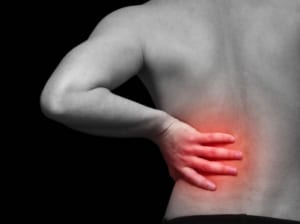 Investing in a custom material handling devices is a smart decision that will pay off in the form of a safer workplace with fewer injuries. Regardless of industry, there’s always a risk of worker injury and fatality. In fact, the Centers for Disease Control and Prevention (CDC) reports that an estimates 3.8 million workers suffered nonfatal occupational injuries in 2012. While there’s no way to completely avoid all forms of work-related injury, employers can take steps to reduce workers’ risk by implementing custom material handling devices.
Investing in a custom material handling devices is a smart decision that will pay off in the form of a safer workplace with fewer injuries. Regardless of industry, there’s always a risk of worker injury and fatality. In fact, the Centers for Disease Control and Prevention (CDC) reports that an estimates 3.8 million workers suffered nonfatal occupational injuries in 2012. While there’s no way to completely avoid all forms of work-related injury, employers can take steps to reduce workers’ risk by implementing custom material handling devices.
Musculoskeletal Disorders
The biggest threat of injury posed to workers involves musculoskeletal disorders (MSDs), which is essentially any injury involving the tendons, muscles, joints, ligaments, neck, back and/or supporting structures. When workers are forced to perform the same tasks over and over, there’s an increased risk of them developing MSDs.
What are Custom Material Handling Devices?
Custom material handling devices are exactly what they sound like: customized devices that are used to lift, manipulate, and/or transport materials. This may include a Drum Lifter, rail-based lifters, or various manipulator systems. While certain types of generic equipment can also be used to lift and manipulate materials, custom material handling devices are unique in the sense that they are optimized for the highest level of efficiency possible.
How Custom Material Handling Devices Can Help
So, can the use of custom material handling devices really help to protect against work-related injuries? The short answer is yes, they can reduce the risk of occupational injury and even fatality. Workers who are required to manually lift and transport materials in their daily jobs have a higher risk of developing MSDs (among other types of injuries). A smarter, safer solution, however, is to use a custom material handling device to lift and transport materials. A worker can achieve this objective by entering commands into the device’s Human Machine Interface (HMI), guiding the device to lift and transport the material to the desired location.
Custom material handling devices may also help to protect against overexertion injuries. Many workers will continue to work even if they feel fatigues and exhausted, placing themselves at risk for injury. But a custom material handling device will allow workers to perform their tasks and operations without the risk of overexertion. Subsequently, this results in fewer injuries as well as greater productivity levels.

